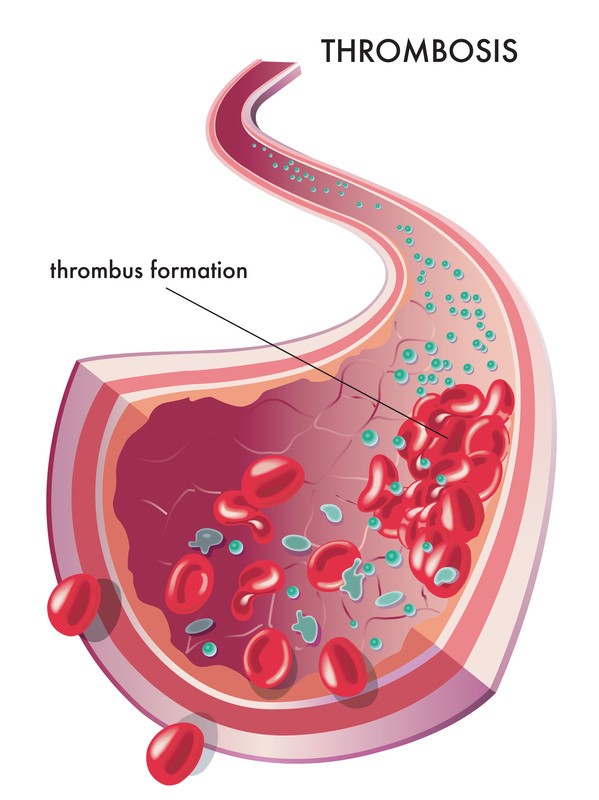-
Fully automated coagulation analyzer SF-8050 training!
Last month,Our sales engineer Mr.Gary visited our end user, patiently conducted training on our fully automated coagulation analyzer SF-8050. It has won unanimous praise from customers and end users. They are very satisfied with our coagulation analyzer. ...Read more -
What are the symptoms of a thrombosis?
Patients with thrombosis in the body may not have clinical symptoms if the thrombus is small, does not block blood vessels, or blocks non-important blood vessels. Laboratory and other examinations to confirm the diagnosis. Thrombosis can lead to vascular embolism in diff...Read more -
Is coagulation good or bad?
Blood coagulation generally does not exist whether it is good or bad. Blood coagulation has a normal time range. If it is too fast or too slow, it will be harmful to the human body. Blood coagulation will be within a certain normal range, so as not to cause bleeding and ...Read more -
The Future of the Blood Coagulation Analyzer Market 2022-28: An Analysis with Competitors
The blood coagulation analyzer market is changing at a rapid pace, and it’s no surprise why. With more advanced technology, increased competition among companies, and faster results for patients—it’s an exciting time to be in this space. This blog will explore what these changes mean for the futu...Read more -
SF-9200 Fully Automated Coagulation Analyzer
The SF-9200 Fully Automated Coagulation Analyzer is a state-of-the-art medical device used to measure blood coagulation parameters in patients. It is designed to perform a wide range of coagulation tests, including prothrombin time (PT), activated partial thromboplastin time (APTT), and fibrinoge...Read more -

Main Blood Anticoagulants
What are Blood Anticoagulants? Chemical reagents or substances that can prevent blood coagulation are called anticoagulants, such as natural anticoagulants (heparin, hirudin, etc.), Ca2+chelating agents (sodium citrate, potassium fluoride). The commonly used anticoagulants include heparin, ethyle...Read more

Download
My Order
 Login/Register
Login/Register
 Login/Register
Login/Register
- English
- French
- German
- Portuguese
- Spanish
- Russian
- Japanese
- Korean
- Arabic
- Irish
- Greek
- Turkish
- Italian
- Danish
- Romanian
- Indonesian
- Czech
- Afrikaans
- Swedish
- Polish
- Basque
- Catalan
- Esperanto
- Hindi
- Lao
- Albanian
- Amharic
- Armenian
- Azerbaijani
- Belarusian
- Bengali
- Bosnian
- Bulgarian
- Cebuano
- Chichewa
- Corsican
- Croatian
- Dutch
- Estonian
- Filipino
- Finnish
- Frisian
- Galician
- Georgian
- Gujarati
- Haitian
- Hausa
- Hawaiian
- Hebrew
- Hmong
- Hungarian
- Icelandic
- Igbo
- Javanese
- Kannada
- Kazakh
- Khmer
- Kurdish
- Kyrgyz
- Latin
- Latvian
- Lithuanian
- Luxembou..
- Macedonian
- Malagasy
- Malay
- Malayalam
- Maltese
- Maori
- Marathi
- Mongolian
- Burmese
- Nepali
- Norwegian
- Pashto
- Persian
- Punjabi
- Serbian
- Sesotho
- Sinhala
- Slovak
- Slovenian
- Somali
- Samoan
- Scots Gaelic
- Shona
- Sindhi
- Sundanese
- Swahili
- Tajik
- Tamil
- Telugu
- Thai
- Ukrainian
- Urdu
- Uzbek
- Vietnamese
- Welsh
- Xhosa
- Yiddish
- Yoruba
- Zulu
More Language

 Business card
Business card Chinese WeChat
Chinese WeChat English WeChat
English WeChat